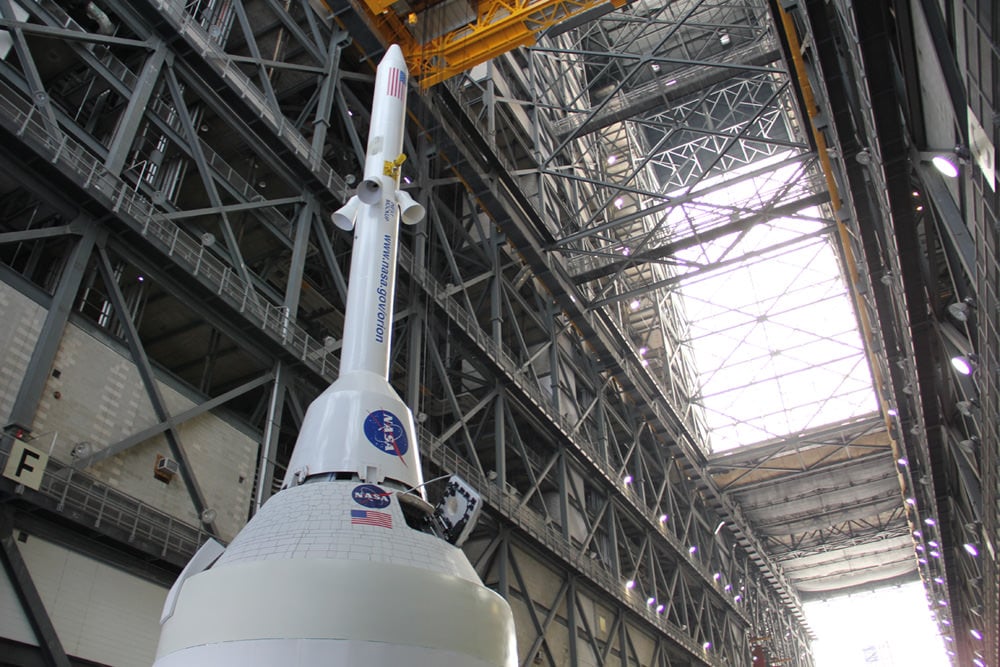When it comes to the future of space exploration, a number of systems will come into play. In addition to the Space Launch System (SLS) that will send astronauts beyond Low Earth Orbit (LEO), there is also the Orion capsule. This is the vehicle that will take astronauts to the Moon again as part of Project Artemis (which is currently slated for 2024) and facilitate missions to Mars by the 2030s.
In preparation, the Orion capsule is being put through its paces to show that it's up to the challenge. This past Tuesday, July 2nd, NASA successfully conducted the Ascent Abort-2 (AA-2) test, bringing the Orion one step closer to completion. The launch took place during the early morning hours and involved the capsule being launched from NASA's Space Launch Complex 46 at Cape Canaveral aboard a modified Peacekeeper missile.
This was the second successful test of the capsule's Launch Abort System (LAS), which is designed to eject the capsule from the rocket and pull the astronauts to safety in case of an emergency during launch. The LAS sits atop the Orion capsule at the top of the Space Launch System and detaches, using retrorockets to carry the Orion to a safe distance where its chutes will allow for a controlled descent.
The test was intended to verify that the LAS can steer the crew module and astronauts to safety when experiencing the highest aerodynamic stress that occurs during a rapid ascent into space. The test consisted of a fully-functional LAS and a 1000 kg (22,000 lbs) Orion test vehicle flying to an altitude of 94,500 m (31,000 ft) at speeds of up to Mach 1.3 - over 1600 km/h (1,000 mph).
The abort sequence then triggered and within milliseconds, the LAS' powerful reverse-flow abort motor fired itsenignes. This prodced a robust ~181,400 kg (400,000 lbs) of thrust, propelling the Orion test vehicle to a safe distance away from the rocket. The timing was key to the test since abort events must match the abort timing requirements of the Orion spacecraft to the millisecond in order for the flight test data to be valid.
Luckily, everything went off without a hitch. As Orion Program Manager Mark Kirasich said during a post-launch briefing about two hours after the launch:
The entire event lasted 3 minutes and 13 seconds, during which time the attitude control motor flipped the capsule end-over-end to properly orient it. The jettison motor then fired, releasing the crew module so that it could splashdown in the Atlantic Ocean. The 12 ejectable data recorders were also retrieved during the test capsule's descent.
"One of the most important parts of the test was to see how the attitude control motor performed," said Kirasich. "The internal motor pressure was rock solid, straight line and it had excellent control characteristics. Everything we've seen so far looks great."
In effect, NASA successfully demonstrated that the Orion spacecraft's LAS can outrun a rocket and pull its astronaut crew to safety in case something goes wrong during launch. As Kirasich indicated, the test is another milestone in the agency's preparation for returning to the Moon and making the "Journey to Mars":
Be sure to check out the coverage of the flight test, courtesy of the NASA Kennedy Space Center:
*Further Reading: NASA*
 Universe Today
Universe Today

